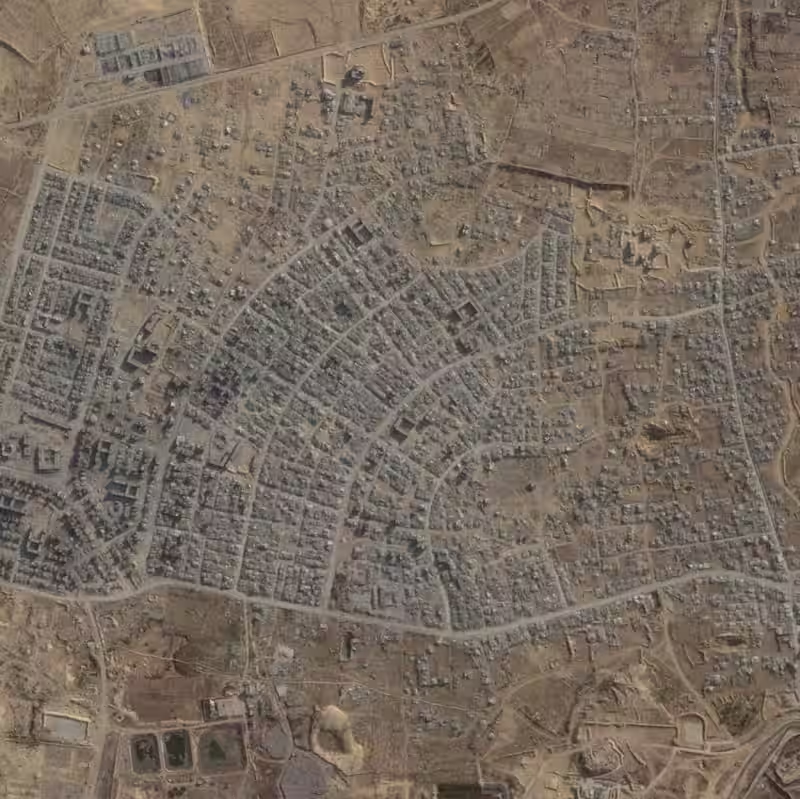Table of Contents
- Cease-Fire Violation Claims
- Israel’s Military Response
- Hamas Denies Involvement
- Fragile Truce at a Glance
- Regional and Global Reactions
- Sources
Gaza Cease-Fire Strained by New Violence
A fragile truce in Gaza faced its most serious test yet on Sunday, October 19, 2025, after Israel launched retaliatory airstrikes following what it described as a “blatant violation” of the cease-fire agreement by Palestinian militants.
According to the Israeli military, militants in the Rafah area of southern Gaza fired an anti-tank missile and opened gunfire on Israeli troops stationed along the cease-fire lines. The attack, though resulting in no immediate casualties, triggered a swift and forceful response from Israel’s defense forces.
Israel’s Military Response
In a statement issued Sunday morning, the Israel Defense Forces (IDF) confirmed it had begun striking targets in Rafah to “eliminate the threat” and dismantle tunnel shafts and other militant infrastructure. Prime Minister Benjamin Netanyahu convened an emergency security meeting with his defense minister and top military officials before authorizing the operation.
“We will not tolerate breaches of the cease-fire,” Netanyahu said. “Our forces will act with full force against any aggression.”
While the IDF did not name Hamas directly in its initial statement, Netanyahu later blamed the group for orchestrating the attack—a claim that adds further tension to an already precarious peace process.
Hamas Denies Involvement
Contradicting Israel’s assertions, Hamas’s military wing issued a statement saying it was “unaware of any events or clashes” in the Rafah area. The group emphasized that it has had no operational contact with fighters in that region since a previous temporary cease-fire collapsed in March 2025.
“Hamas has no connection to any events taking place in those areas,” the statement read, raising questions about whether rogue factions or other militant groups may have acted independently—potentially undermining the broader truce.
Fragile Truce at a Glance
The current cease-fire, which took effect just over a week ago, had offered the first real hope of ending a brutal two-year war that has devastated Gaza and claimed tens of thousands of lives. Yet this latest escalation highlights how tenuous the peace remains.
| Milestone | Date | Status |
|---|---|---|
| Current Cease-Fire Begins | October 11, 2025 | Active (but strained) |
| Previous Cease-Fire Collapse | March 2025 | Ended in renewed fighting |
| War Start | October 2023 | Ongoing conflict |
Regional and Global Reactions
International observers are watching closely. The United Nations has urged both sides to exercise maximum restraint, warning that any return to full-scale hostilities could unravel months of diplomatic progress.
Meanwhile, regional powers like Egypt and Qatar—key mediators in past negotiations—are reportedly working behind the scenes to de-escalate tensions and reaffirm the cease-fire framework. U.S. officials have also expressed concern, calling for “immediate dialogue” to prevent further deterioration.
For civilians in Gaza, already living amid rubble and shortages, the sound of airstrikes is a grim reminder that peace remains elusive.
Sources
The New York Times: New Flare-Up of Violence Strains Gaza Cease-Fire




